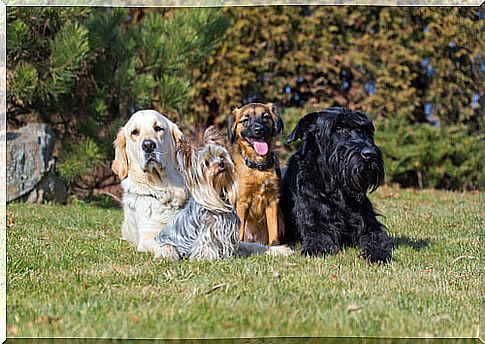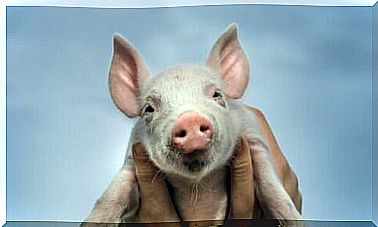Differences Between The Multiplicity Of Dog Breeds

Currently, an average of 1000 dog breeds are recognized, but only a quarter of them have been investigated for behavior and the differences that exist between them. These studies were carried out according to a wide range of methodologies that allow us to know what makes one race or another and the differences between them.
Why were some breeds chosen to care for herds, others to help the blind by acting as guides, and others to save lives or pull sleds? The function that each breed develops is directly related to their aptitudes and temperament.
Therefore, the differences between races are not just about size and physical abilities.
Studies performed

Between the 1950s and 1960s, two scientists named Scott and Fuller chose five different breeds that had been bred under exactly the same conditions. These breeds were the Basenji, Fox Terrier, Cocker Spaniel, Beagle and Shetland Shepherd.
Scott and Fuller found very significant differences between these races, which were attributed to genetic causes. However, very marked differences were later found in dogs of the same breed.
Another more recent study analyzed 56 different races for 13 behavior traits. This study was done by assigning a score to each breed and each personality, judged by a group of veterinarians and dog show judges.
This study showed that the “race” factor plays a very important role in determining differences.
However, even so, there were some personalities that were much more predictable than others, based on race. This means that race is not the only influence when it comes to determining differences.
Regardless of the breed, each animal is unique and has its own personality, which is marked by the treatment received, the childhood it had or genetics.
Something that can also influence race differences is the environmental factor.
For example, if two dogs of different breeds are being raised by people with similar expectations and tastes, you might find similarities between the two dogs.
However, the fact that a dog is of one breed or another does not affect the animal’s personality. Personality is something that develops based on life situations and the factors we saw earlier. But don’t confuse personality with temperament.
Temperament is of all breeds and, according to what characterizes the dogs of this breed, they are better used for one thing or another.
What breed should I choose?

It’s possible that if you’re thinking about buying a pet, with the differences between the breeds, you might now be wondering which breed is the best. Sorry, but we won’t be able to answer that.
There is no better or worse race. Each is determined by specific factors. And, as you’ve seen, each dog has its own personality.
So when choosing a dog, it all depends on your needs, the family you have and what they want from a dog… do you want a guardian for your home? Do you prefer a dog that lives indoors and is good with children? Or a dog that stays quiet and keeps you company?
Well, this, as we saw in the article, is determined by race. Therefore, when you go to a professional breeder to buy a dog, you will be able to explain what you want your dog to do, what his main function is and, from that, the professional will be able to advise you.
The puppy you choose, according to its breed, will be perfectly prepared to develop as you want, as long as its breed sets its temperament, but don’t forget that your dog’s personality will be marked by treatment and education that you give him.









